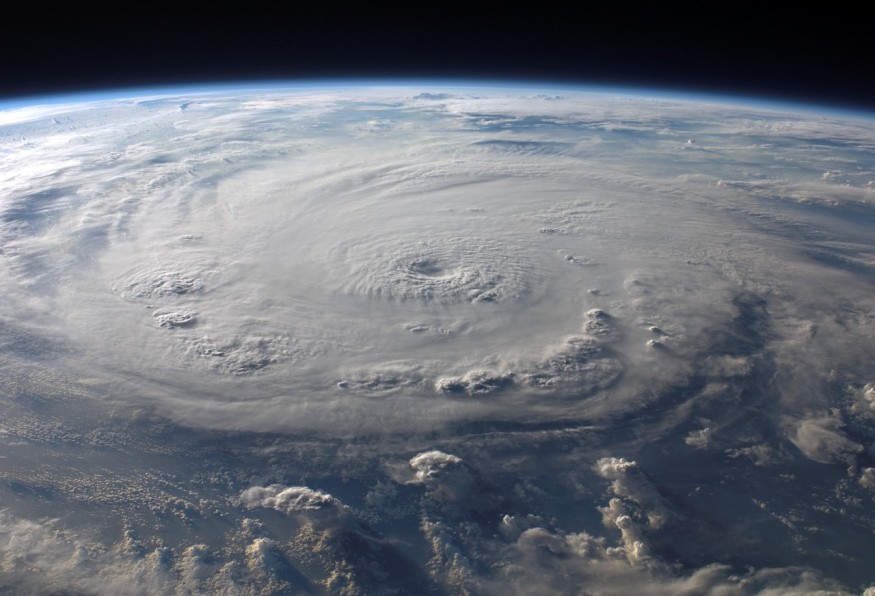A peculiar geologic finding from the dinosaur-killing asteroid that hit Earth 66 million years ago indicates that 52-foot-tall 'megaripples' hides deep under Louisiana, and the largest known megaripples on Earth.
These megaripples are about 5,000 feet (1,500 m) under the Iatt Lake area, in north central Louisiana, as tall as a five-story building. Their formation was dated back to the Cretaceous period when that part of the state was underwater.
Researchers say that its size and orientation was formed after the occurrence of the giant Chicxulub asteroid that struck the Yucatán Peninsula and led to the Chicxulub impact tsunami.

This impact was said to have created the megaripple marks on the seafloor as the waves rushed into shallower waters.
"The occurrence of ripples of that size means something very big had to disturb the water column," study lead researcher Gary Kinsland, a professor in the School of Geosciences at the University of Louisiana at Lafayette, told Live Science.
"This is just further evidence that the Chicxulub impact ended the Cretaceous period."
Findings from the Seismic Survey
Researchers of the new study, through the energy corporation Devon Energy, conducted a 3D seismic survey at Iatt Lake to map out underground geology and found a black and white seismic image of the megaripples.
Study co-researcher Kaare Egedahl, then a master's student of petroleum geology at the University of Louisiana at Lafayette said that "it's so different than anything you would expect to see in deposits laid down by the sea or by rivers."
The image had been captured through the loud sound waves, often made with 'explosives or big thumps', from the seismic survey. The detectors around the area can then capture the returning sound waves reflected upon hitting various underground rock layers.
"I immediately saw the ripples, and I immediately knew the direction the water would have had to have been traveling [to create them]," said Kinsland. "And I knew that if you go backwards from that, you run right in Chicxulub."
Kinsland's previous research on the Chicxulub impact crater provided him with insights that led to this claim.
How the 'Megaripples' Persisted
Kinsland points back the direction of the megaripples back to the Chicxulub impact crater, which he determined to be asymmetrical, having a south-southeast-facing slope.
With an average wavelength (from one crest to the next) of 1,968 feet (600 m), combined with their 52-foot-high amplitude, makes them "the largest ripples documented on Earth," the researchers wrote.
In addition to that, they found that the megaripples lay beneath a layer of debris from the Chicxulub aftermath, "at the top of the Cretaceous/Paleogene geological boundary."
After the space rock hit Earth 66 million years ago and the tsunami in Gulf Mexico created the megaripples, what made them persist was "they remained underwater", deep enough that when storms swept, they remained undisturbed.
Lastly, they were buried by a sedimentary rock mixed with clay and mineral fragments called shale - for over a period of 5 million years, and later on covered with younger sediments.
© 2025 NatureWorldNews.com All rights reserved. Do not reproduce without permission.





